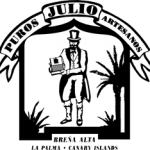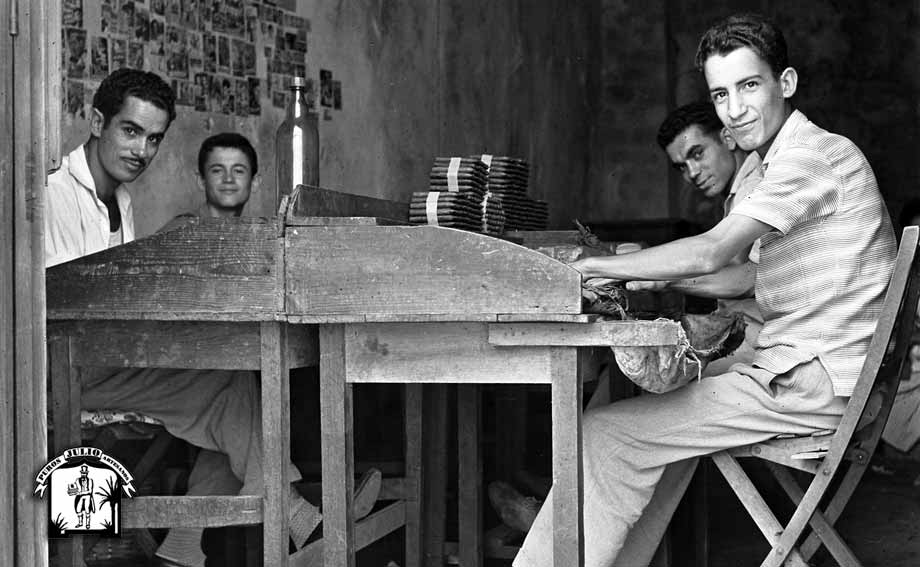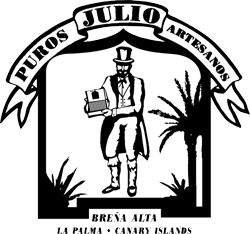THE ORIGIN
of tobacco
The Nicotiana tabacum plant is native to the Andean highlands and spread throughout the continent, reaching the Caribbean between 2,500 and 3,000 years B.C. The indigenous populations had already had contact with tobacco before the arrival of Columbus and used it in a more or less intense relationship. In this sense, there are pre-Columbian sculptures and paintings that represent characters in some action related to tobacco.
Several Spanish travellers recounted the habit of the Native Americans of smoking the dried and rolled tobacco leaves in the Antilles, Florida, Mexico and Brazil, for which they used devices in the form of a roll of leaves or tubes in the form of pipes. The Mexican indigenous people attributed medicinal properties to it and used it in their ceremonies. With the European conquest, tobacco began to lose its cultural and ritual meaning and began to have a more daily use. Rodrigo de Jerez, together with Luis de Torres, members of Columbus’s first expedition, represented the first contact of the Spanish with tobacco, when they carried out an exploration of the island of Cuba.
The Tobacco
in La Palma
The history of tobacco from La Palma (Tabaco Palmero) begins in the 19th century, when many locals of La Palma went to Cuba to work as “vegueros”, that is, as workers on tobacco plantations, in order to support their families on the increasingly impoverished “Isla Bonita”. But what they brought back turned out to be much more valuable than the salary earned in exile from the plantations: the best tobacco seeds in the world, the sensitive plant method of cultivation, the art of the perfect composition and blending of the leaves; and the masterful handling of the crescent-shaped knife, the “chaveta”, with which the cigar wrapper is cut.
With the return of the emigrants, which is commemorated every year on the day of “Los Indianos”, more and more tobacco factories —“chinchales”— were founded in La Palma, which were very successful for decades until the blue mold destroyed everything in the year 1967. Afterwards, tobacco cultivation only slowly recovered. Nowadays there are only a few small plantations, some “chinchales” and a cigar factory.
The cigar museum, open since last year and carefully designed, is located in San Pedro / Breña Alta (Tuesday – Saturday 10 am-1 pm) and portrays all facets of the history of tobacco in an impressive way through objects on display and a multimedia presentation (Spanish, German, English).
TEXT: Uwe S. Meschede
Pure Art
At Puros Artesanos Julio we are of the opinion that, given the current panorama in the world of cigars, quality must be prioritized over quantity. That is why we limit our production in order to offer a guaranteed product quality that will not disappoint the most demanding customers.
Quality
For the most demanding palates
Climate
The microclimate in Breña Alta is very favourable for growing tobacco from La Palma
History
Tobacco family tradition since 1950



You must be logged in to post a comment.